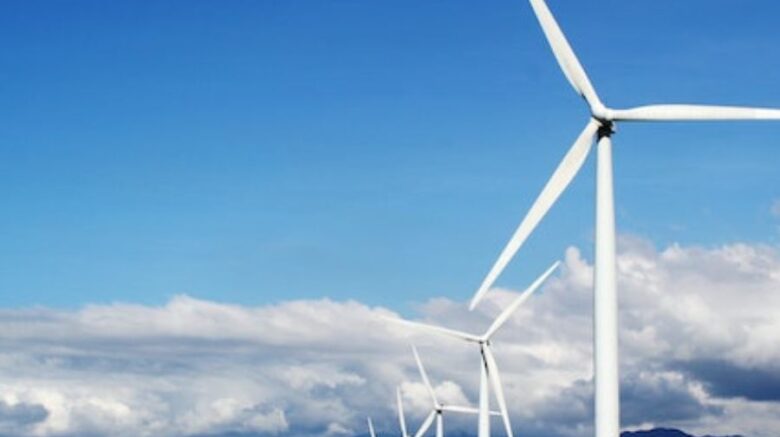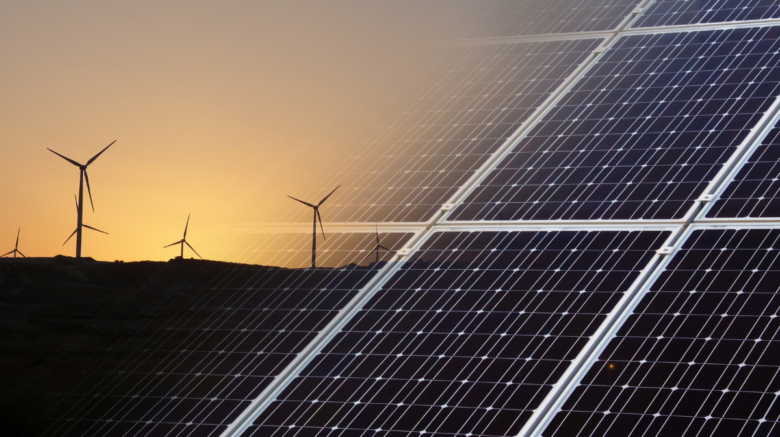Ontario, Canada, has one of the strongest economies in the country and is home to some of the most innovative and environmentally friendly communities in the world. As the world’s energy needs continue to increase, many people are turning to renewable sources such as solar power or wind power to meet those needs. In this article, we will explore the benefits of residential wind turbines in Ontario and the impact they can have on the environment and the economy.
Why Wind Energy?
…
Residential Wind Turbine Ontario










